As updated at 8 a.m. on November 24, the center of the tropical depression was located at around 9.5 degrees North latitude and 127.8 degrees East longitude, over the eastern waters of the central Philippines. The maximum sustained winds near the center were at category 7 (equivalent to 50–61 kilometers per hour), with gusts up to category 9. The tropical depression is moving west-northwest at about 20 kilometers per hour.
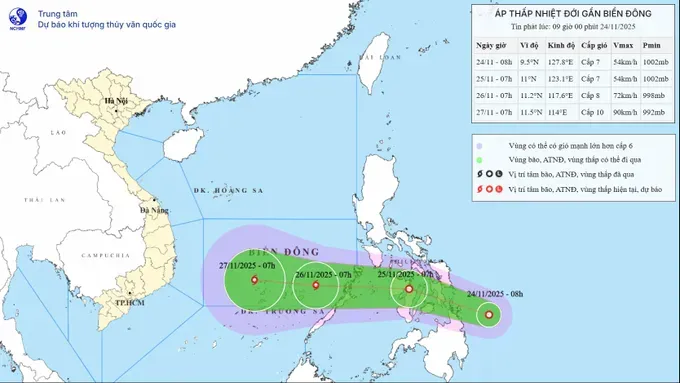
The National Center for Hydro-Meteorological Forecasting predicts that by the morning of November 25, the center of the tropical depression will be near 11 degrees North latitude and 123.1 degrees East longitude, over the central Philippines. It will continue moving west-northwest at 20–25 kilometers per hour with wind strength at category 7, gusting to category 9.
By the morning of November 26, the tropical depression is expected to move westward at 20–25 kilometers per hour, enter the East Sea, and operate over the southeastern waters of the middle of the East Sea. At this time, it may strengthen into a tropical storm with winds at category 8 and gusts at category 10.
Over the next 48 to 72 hours, the storm is expected to move mainly westward at 15–20 kilometers per hour and may continue to strengthen further.
The meteorological agency warns that from the evening of November 25, the eastern waters of the middle of and southern East Sea will see gradually increasing winds reaching categories 6–7, and areas near the storm center reaching category 8 with gusts up to category 10, accompanied by huge waves three to five meters high.
From the night of November 26 to November 28, the middle of and southern East Sea, including the northern waters of the Spratly Archipelago, may be affected by strong winds at categories 9–10, with gusts up to category 13. Vessels operating in these hazardous areas may face thunderstorms, whirlwinds, strong winds and rough seas, the National Center for Hydro-Meteorological Forecasting warned.
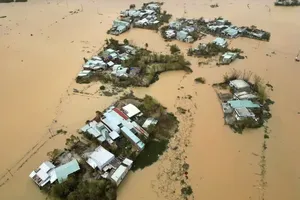
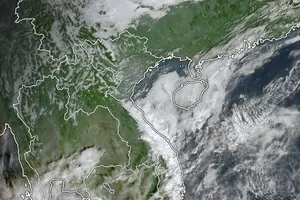
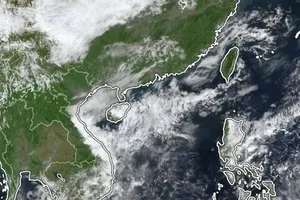





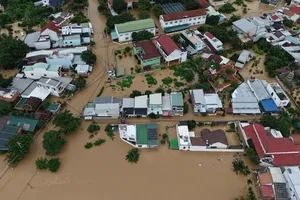


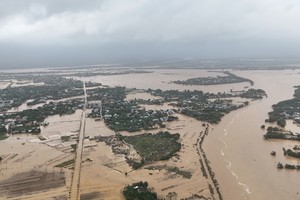

)


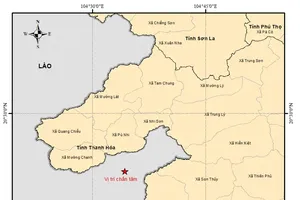


)




